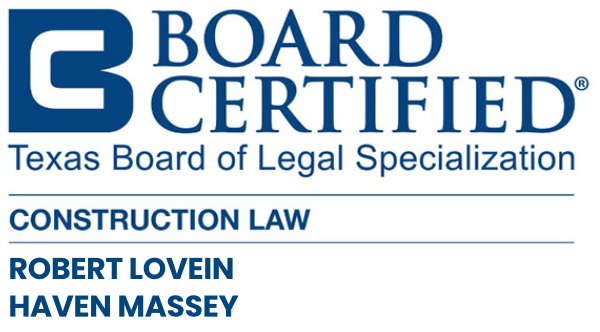There are many advantages to having a well drafted Employee Handbook. A straightforward, clearly written and well-organized Employee Handbook is the most effective way to communicate your company’s policies, procedures, and expectations to your employees. An effective Employee Handbook will also advise your employees of the consequences for failing to meet the company’s expectations and provide a basis for taking disciplinary action and defending against claims for wrongful termination, unemployment claims, harassment, and discrimination. In contrast, not having an Employee Handbook or having a poorly drafted Employee Handbook, can actually expose the employer to liability that could have easily been avoided. Lovein Ribman’s employment attorneys are well versed in both Texas and Federal employment laws and can create a specifically tailored Employee Handbook that reflects your company’s mission statement, policies, and procedures. If you are in the process of modifying or creating a new Employee Handbook, please call us at (888) 368-2483 for a free no-obligation consultation. Below is a brief discussion of some of the most common and necessary provisions to include in an effective well drafted Employee Handbook.
EMPLOYEE HANDBOOK PROVISIONS
- Employment at Will Statement and Disclaimer;
- Notice of Employer’s Right to Unilaterally Change Policy Handbook;
- Non-discrimination and Equal Employment Opportunity Policy;
- Policy prohibiting retaliation;
- Policy against sexual harassment and acknowledgment form;
- Introductory or training period (as opposed to “probationary period”);
- Drug and Alcohol Policy;
- Smoking Policy;
- House rules (i.e., use of company credit cards, expense accounts, parking, weather emergencies, behavior by employees when representing the company off site);
- Grievances and complaints;
- Leaves of absence;
- Conflict of Interest and Confidentiality;
- Access to Personnel and Employee Files;
- Accidents and Safety;
- Reference Inquiries;
- Weapons Policy; Acknowledgment, Release and Consent form;
- Zero-Tolerance Workplace Violence Policy;
- Information considered confidential;
- Use of company equipment to make personal telephone calls;
- Telephone monitoring policy;
- Voice mail, e-mail, and Internet monitoring policy;
- Pay days, hours of work, overtime requirements;
- Employee evaluations;
- Discipline, Rules of Conduct, Termination;
- Deductions from pay;
- Absenteeism/Attendance/Tardiness policies;
- Neutral leave of absence policy (duration, procedures for requesting leave, obligations during leave, status of compensation and benefits, return to work);
- Employee benefits;
- Holidays;
- Vacations (eligibility, accrual, pay in lieu, pay upon termination);
- Sick leave (eligibility, pay in lieu, use, pay upon termination, procedures for requesting such leave, FMLA if applicable);
- Other Leaves of Absence (voting, personal, military, funeral, jury duty);
- Form Acknowledging Receipt and Agreement to be Bound By Employee Policy Handbook.
The above list includes just some of the essential provisions of a well drafted Employee Handbook.
















